Pour cette première sortie outdoor, direction Saint Paul de Fenouillet pour parcourir les via ferrate de la clue de la Fou.
Le samedi matin, le groupe des plus petits escalade « la Pichona » qui se développe sur 150 mètres sur un dénivelé de 80 m. L’après-midi, c’est autour des moyens d’y aller se promener. Ambiance « patagonique » ce samedi où les rafales de vent viennent parfois nous freiner dans notre progression, parfois nous faire décoller. Les expressions « au vent » et « sous le vent » prennent tout leur sens. Au-dessus de nous, les vautours fauves ne font pas mieux. Ils se font bousculer dans les bourrasques. Mais qu’est-ce qu’ils attendent ? Je crois qu’il y en a un qui nous observe … Aventure non triviale avec ces conditions. Bravo à nos grimpeurs en herbe ! Encore des souvenirs qui resteront à graver dans les esprits.
Le dimanche, avec les plus grands, nous partons sur un itinéraire plus ambitieux. Nous visons « La Panoramique » qui surplombe Saint Paul. Arrivés sur les lieux, face aux falaises de calcaire, un enfant me surprend : « On va grimper sur cette montagne ? ». Je reste un moment dubitatif avant de répondre. On a dû manquer quelque chose, peut-être oublier de dire que l’escalade se pratique surtout sur des montagnes… Franco, venu tout droit de son Italie natale, pays berceau de la via ferrate, nous fait l’honneur de nous accompagner. Les via ferrate n’ont plus de secrets pour lui depuis qu’il les arpente. Plus d’un demi siècle le sépare de la plus jeune du groupe. Ce qui laisse présager pour nous tous encore de nombreuses aventures. A 67 ans, il a toujours bon pied mon œil. Belle rencontre. Les conditions météos nous poussent à la prudence. La Tramontane souffle toujours. Nous optons finalement pour « la Pichona » qui sera vite avalée. Je vais finir par la connaître par cœur cette « Pichona », presque autant que Nico. Nous décidons de revenir sur Tautavel pour profiter du soleil et de quelques degrés de plus pour avaler notre pique-nique. Puis révisions de quelques manip d’escalade.
La via ferrata (de l’italien « voie ferrée ») est un itinéraire aménagé dans une paroi rocheuse, équipé avec des éléments métalliques spécifiques (câbles, échelles, rampes, etc.) destinés à faciliter la progression. La sécurité est optimale grâce à une ligne de vie qui permet l’auto assurage des pratiquants.
Pour l’historique de l’activité, la première génération de Via Ferrata voit le jour en Autriche en 1843 avec la pose des premiers équipements sur la voie normale du Hocher Daschein.
En Italie, les premières « vie ferrate » sont apparues dans le massif des Dolomites vers 1914 et ont une origine stratégique. Les militaires italiens avaient, en effet, équipé d’immenses parois de câbles et d’échelles pour faciliter le déplacement de leurs troupes alpines ainsi que du matériel (parfois même des canons !)
Devenues militairement inutiles, ces voies italiennes sont maintenant exploitées et entretenues par les communes (et surtout par des bénévoles) à des fins touristiques. Les clubs alpins locaux italiens en ont ainsi la gestion.
Les via ferrate permettent de parcourir en toute sécurité des parois qui ne paraissaient accessibles qu’aux purs alpinistes. Ces sentiers peuvent être des sentiers de randonnées, simplement panoramiques, accessibles de 7 à 77 ans, sans le moindre matériel, pour les amoureux de la marche et de la montagne. Sur d’autres parcours comme à Saint Paul de Fenouillet, une ligne de vie sécurisante a été installée complétée par des petits échelons, permettant ainsi de surmonter les parois infranchissables.
En France, ces parcours sportifs et ludiques sont apparus dans le sud (Hautes-Alpes) vers 1989. Depuis, le phénomène a pris beaucoup d’ampleur.
Préhistokids1
Avec Thaïs, Cléa, Capucine, Baptiste, Aaron, Thomas, Julie, Aurore, Cécilia, Damien, Nico et François.
Préhistokids2
Avec Catherine, Louise, Agathe, Azilis, Matis, Raphaël, Télio, Eric, Anaïs, Christophe, Vanessa, Nico et François.
Préhistoteens
Avec Matilde, Charlotte, Jeanne, Garance, Lilly, Maëva, Diégo, Léo, Arthur, Aurélie, Nathalie, Sylvain, papitaliano Franco et François.

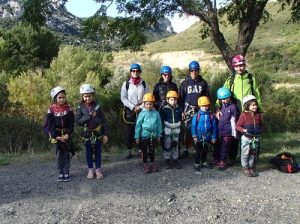
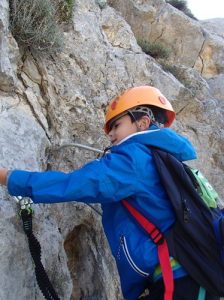
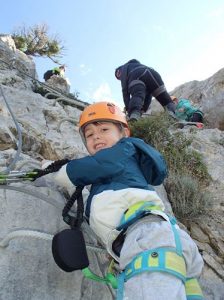
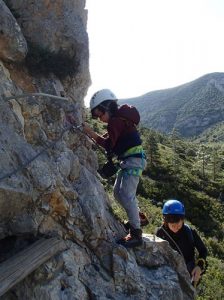
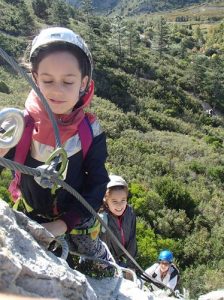
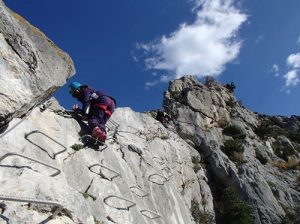
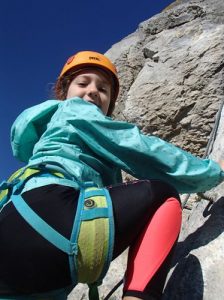
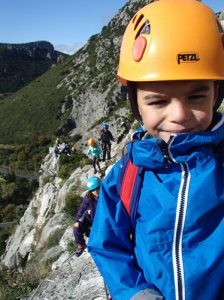
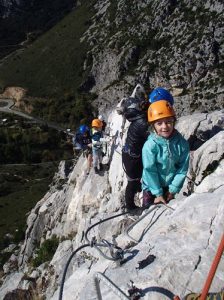
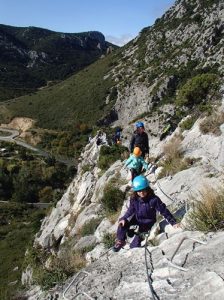
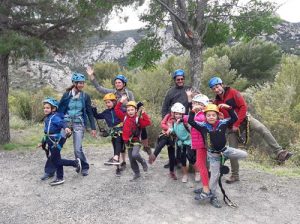
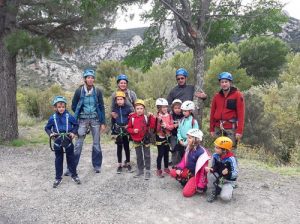
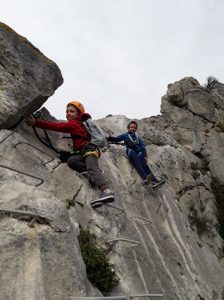
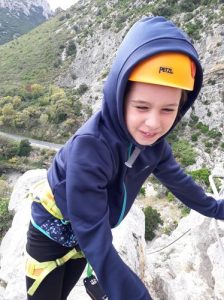
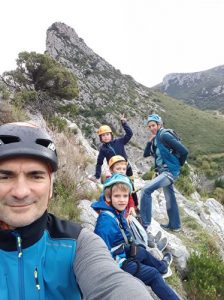
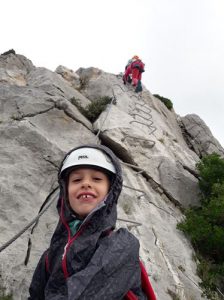
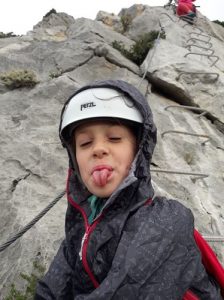
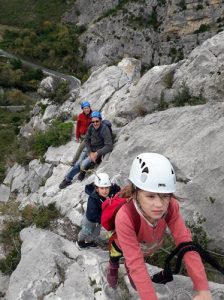
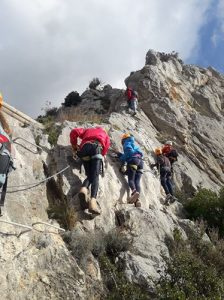
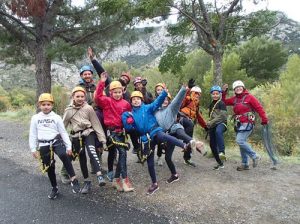
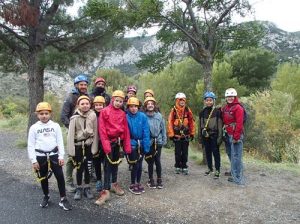
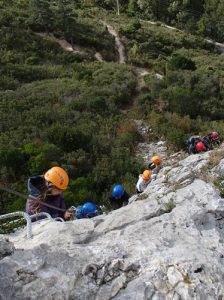
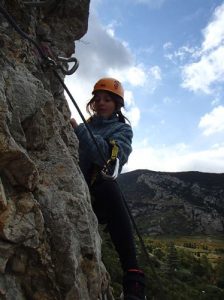
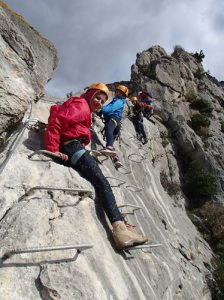
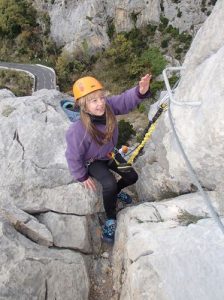
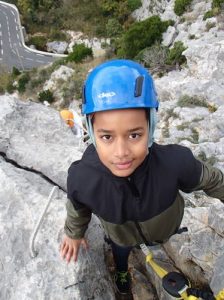
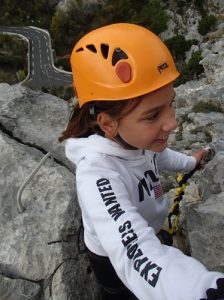
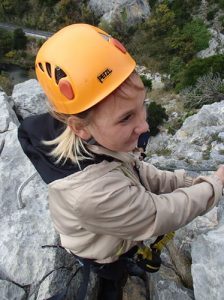
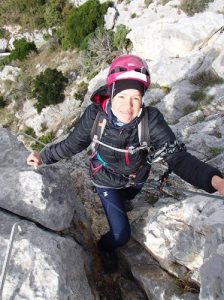
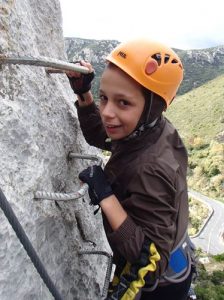
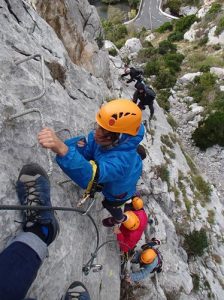
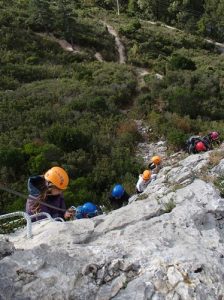
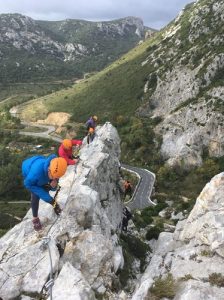
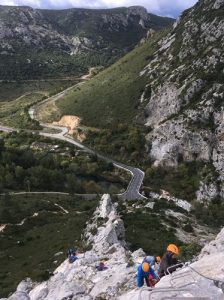
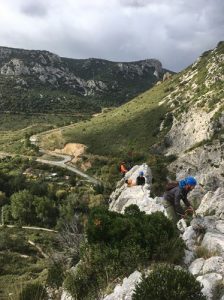
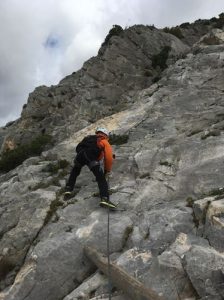
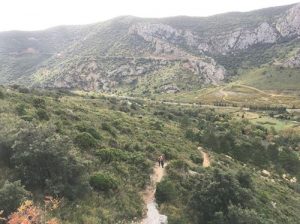
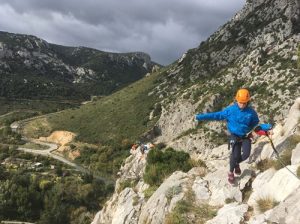
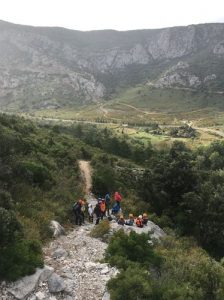

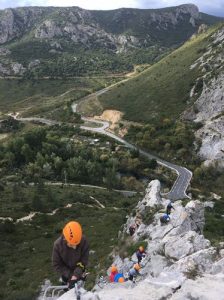
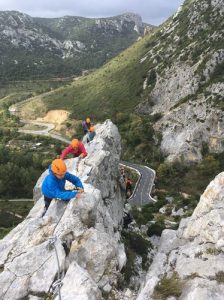
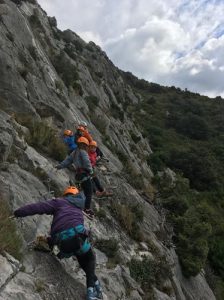
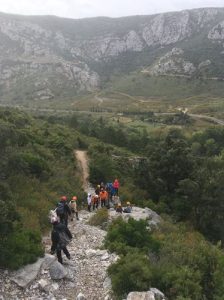
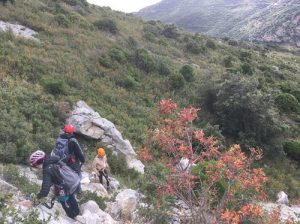
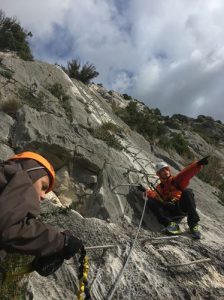
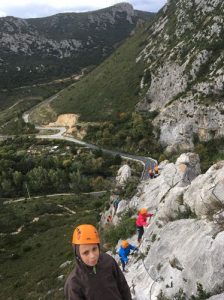
Commentaires récents